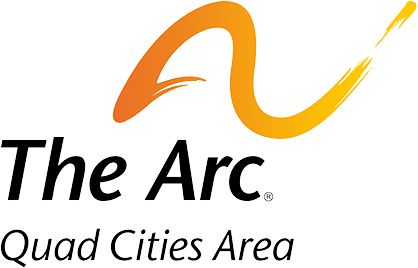People First Language
People with disabilities are – first and foremost – people who have individual abilities, interests and needs. They are moms, dads, sons, daughters, sisters, brothers, friends, neighbors, coworkers, students and teachers. About 54 million Americans — one out of every five individuals — have a disability. Their contributions enrich our communities and society as they live, work and share their lives.
People with disabilities constitute our nation’s largest minority group, which is simultaneously the most inclusive and the most diverse. Everyone is represented: of all genders, all ages, all religions, all socioeconomic levels and all ethnic backgrounds. The disability community is the only minority group that anyone can join at any time.
The language a society uses to refer to persons with disabilities shapes its beliefs and ideas about them. Words are powerful; Old, inaccurate, and inappropriate descriptors perpetuate negative stereotypes and attitudinal barriers. When we describe people by their labels of medical diagnoses, we devalue and disrespect them as individuals. In contrast, using thoughtful terminology can foster positive attitudes about persons with disabilities. One of the major improvements in communicating with and about people with disabilities is “People-First Language.” People-First Language emphasizes the person, not the disability. By placing the person first, the disability is no longer the primary, defining characteristic of an individual, but one of several aspects of the whole person. People-First Language is an objective way of acknowledging, communicating, and reporting on disabilities. It eliminates generalizations and stereotypes, by focusing on the person rather than the disability.
Disability is not the “problem.” For example, a person who wears glasses doesn’t say, “I have a problem seeing,” they say, “I wear/need glasses.” Similarly, a person who uses a wheelchair doesn’t say, “I have a problem walking,” they say, “I use/need a wheelchair.”
Our words and the meanings we attach to them create attitudes, drive social policies and laws, influence our feelings and decisions, and affect people’s daily lives and more. How we use them makes a difference. People First Language puts the person before the disability and describes what a person has, not who a person is. Using a diagnosis as a defining characteristic reflects prejudice, and also robs the person of the opportunity to define him/herself.
Representation in the media:
Historically, people with disabilities have been regarded as individuals to be pitied, feared or ignored. They have been portrayed as helpless victims, repulsive adversaries, heroic individuals overcoming tragedy, and charity cases who must depend on others for their well being and care. Media coverage frequently focused on heartwarming features and inspirational stories that reinforced stereotypes, patronized and underestimated individuals’ capabilities.
Much has changed lately. New laws, disability activism and expanded coverage of disability issues have altered public awareness and knowledge, eliminating the worst stereotypes and misrepresentations. Still, old attitudes, experiences and stereotypes die hard.
People with disabilities continue to seek accurate portrayals that present a respectful, positive view of individuals as active participants of society, in regular social, work and home environments. Additionally, people with disabilities are focusing attention on tough issues that affect quality of life, such as accessible transportation, housing, affordable health care, employment opportunities and, discrimination.

